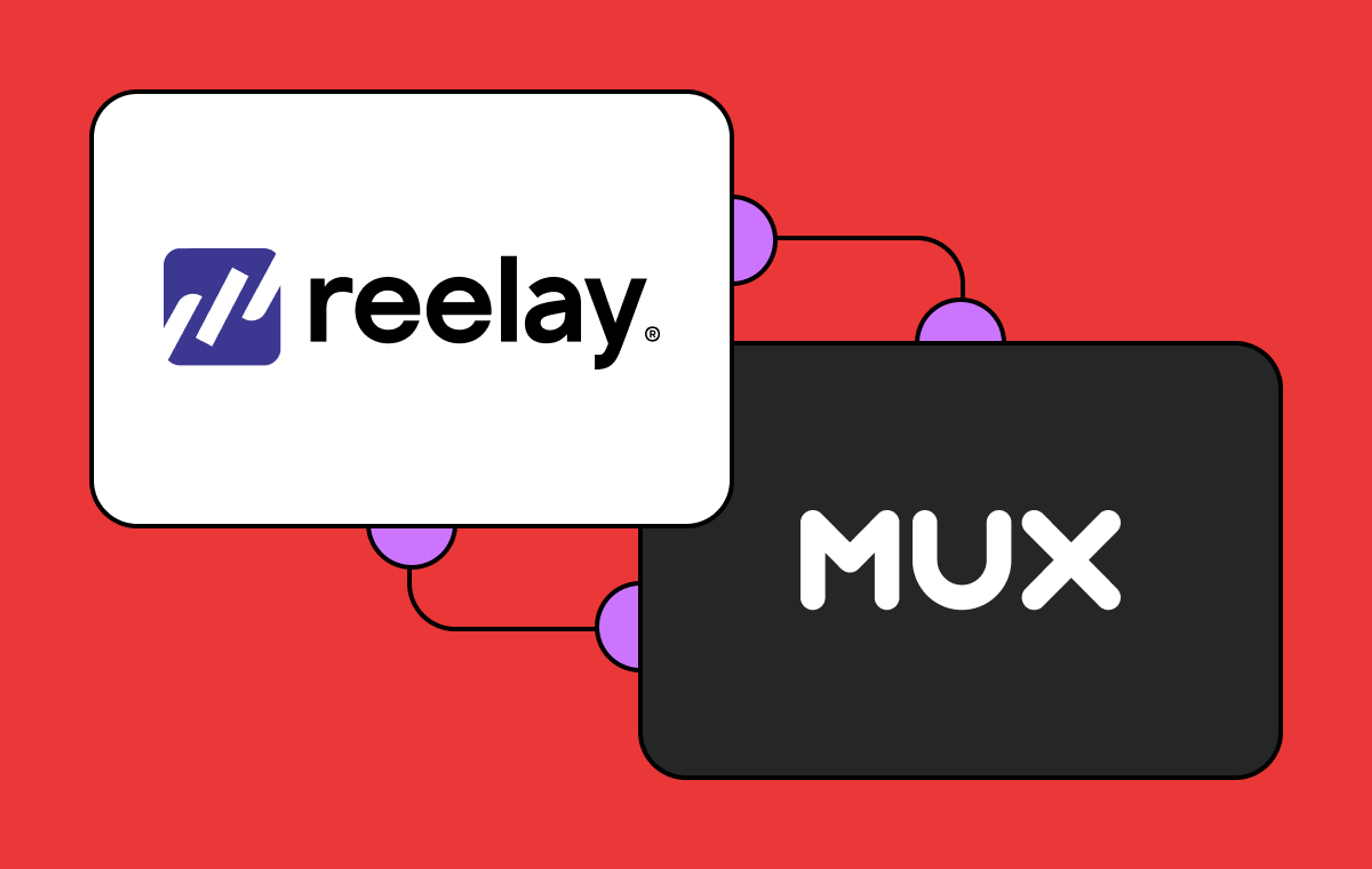There is a real joy in seeing our customers delight their own customers — and that delight often translates into real business growth. Pixieset is one fantastic example: The Vancouver-based company runs a robust platform for photographers to display their work, and they heard from their users that an integrated video solution would really complement the beautiful image galleries Pixieset was already known for. Finding Mux allowed them to get to market faster, see a huge amount of feature adoption quickly, and ultimately enable their photographers to leverage an amazing opportunity to centrally engage with their own audiences.
How did they make it all happen? We chatted with Jeff Rambharack, VP of Product, about how he drives Pixieset’s product strategy and how they got video up and running quickly and effectively.
Q: What is Pixieset’s mission?
Our mission is to help photographers grow their photography businesses in meaningful ways. The company started with the Client Gallery product for delivering finished photography work to clients via the cloud. This was novel at the time when DVDs and USB drives were still the standard way of doing things. We’ve expanded our product suite to cover the end-to-end workflow for photographers and now, to a growing extent, videographers.
Q: What happened the day you realized you needed a solution like Mux?
Our users had expressed interest in videos for a long time, and we knew they were using products like Vimeo and YouTube alongside Pixieset to deliver their work. We wanted to integrate videos into our workflow but were aware of how much complexity comes with handling video. We knew that a solution like Mux would allow us to focus on the experience in our product and bring our functionality to market quickly instead of having to build the video stack from the ground up.
We also work in pretty small teams. Our Platform team (about five engineers and one product manager) drove the implementation. We just had a few other business stakeholders involved in the conversation with Mux. That team has a broad mandate to manage our growing platform, so it was a big deal that they could add video capabilities quickly alongside their other commitments.
Q: What was the biggest problem you were trying to solve?
Prior to Mux, we just supported video embedding via Vimeo and YouTube. While this allowed our users to add videos to their galleries, they still had to work outside of our product, and we weren’t able to achieve the visual experience we wanted because we couldn’t control the embedded players. We wanted it to be as easy as adding a photo and for the client viewing experience to be as beautiful as with the rest of the gallery.
Q: What is most important to your end users or customers when it comes to video?
Everything we do has to be simple for the photographer and beautiful for the client. The same rules apply to video: It was critical that we make it effortless to upload videos and for the finished product to be beautiful. We stylized the player to match the look and feel of the rest of the gallery and paid a lot of attention to the quality of viewed and downloaded videos.
Q: How do you use Mux?
We use Mux to handle our uploaded videos: encoding, storage, viewing, and downloads. The download case is important for us because the files have to be original or near original quality when clients download them in order to uphold the quality of the photographer’s or videographer’s work.
Q: What kind of success have you seen since launching video?
Since launching in July, 10% of our users have already started uploading videos. We’re approaching 10,000 hours of video on our platform, which is staggering for the amount of time it’s been available.
What’s most interesting is seeing how we’ve empowered the creators on our platform and how they’re incorporating videos in creative and innovative ways. In the way that Pixieset changed how photos for key moments like weddings were delivered, we’re starting to see really incredible mixed media galleries that will help evolve how these moments are delivered.
Q: What trends in your industry are impacting your decisions right now?
Video has taken off everywhere as cameras, internet connections, and software have gotten better. People are sharing videos more than ever before, and this means they’re more likely to ask their photographers and/or videographers for videos in addition to photos.
Q: Is there anything about Mux that stood out to you in particular?
The API and docs are really clear and accurate. They made it easy for us to understand and build the capabilities into our product. The team has been great, too! The Mux people we’ve worked with are like friends, and we like catching up with them just to see how they’re doing.
Q: Are there any exciting things on the horizon for Pixieset and video?
This is just a first step for us! We’ve only added video uploads to our Client Gallery product, but users have expressed interest in support on our website product as well.
Our audience has always been solely photographers, but we’re starting to see videographers come onto our platform as well, and we’re getting a better understanding of their needs.
Thanks for the insights, Jeff! You can explore Pixieset’s beautiful platform at www.pixieset.com.



